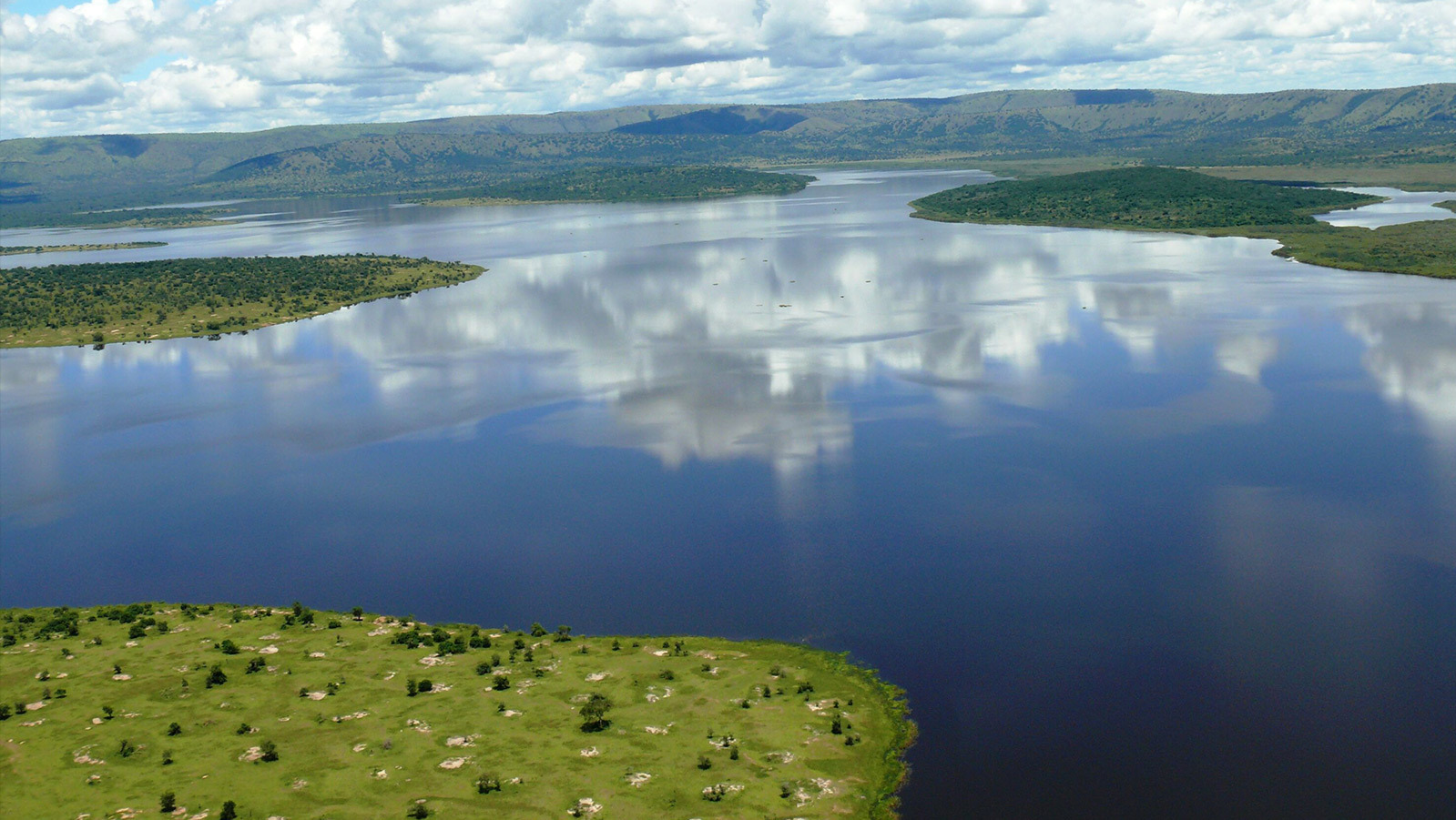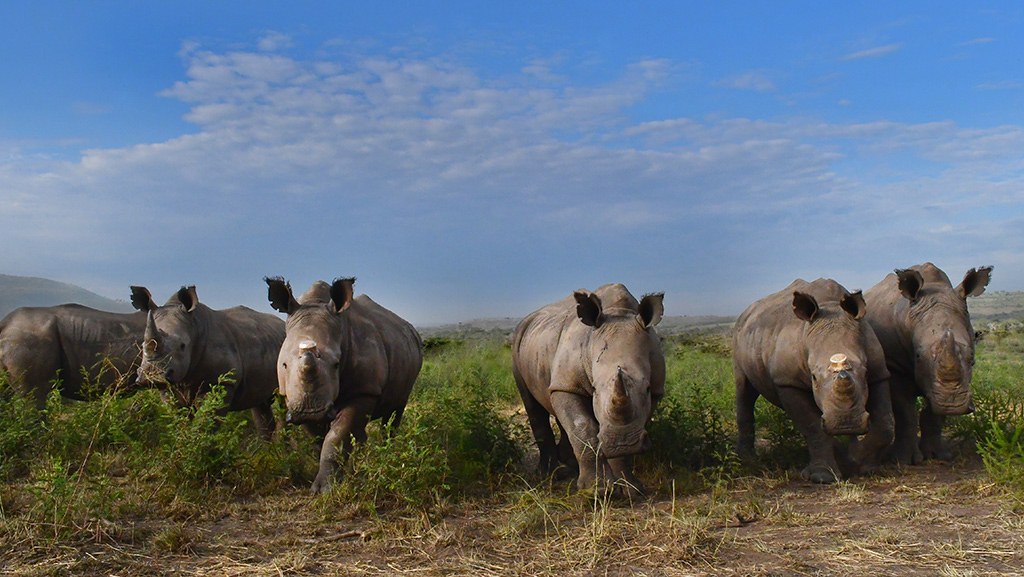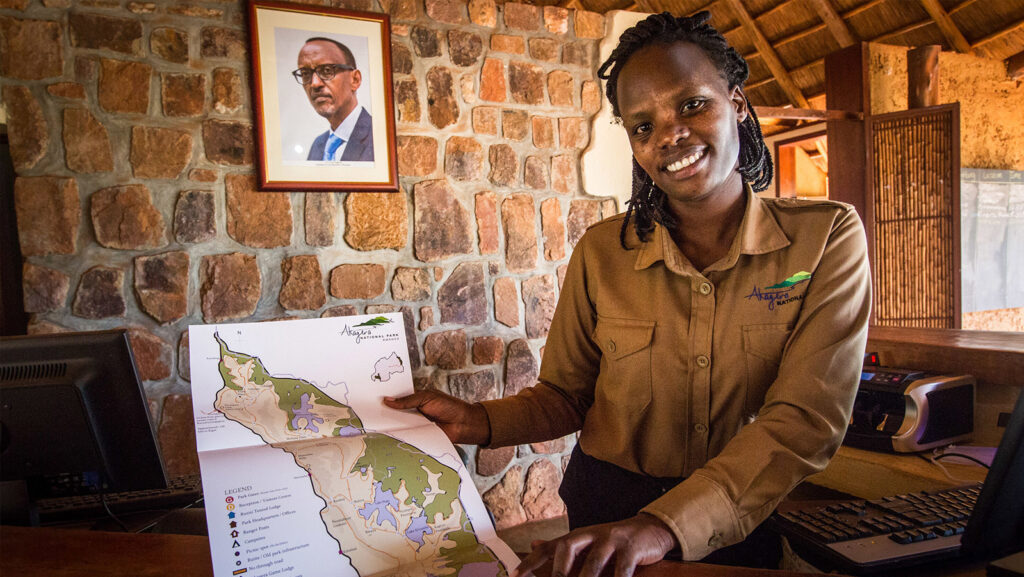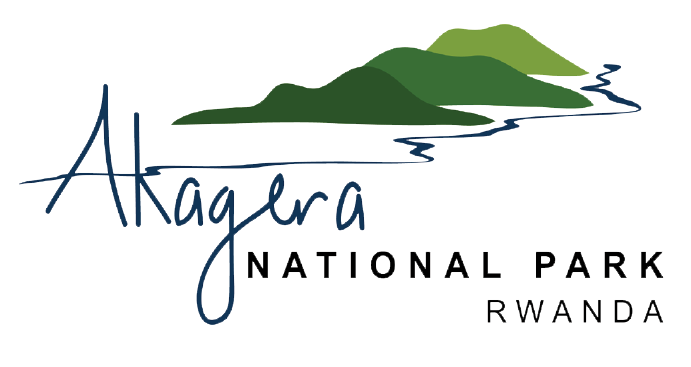
About Akagera National Park
Akagera National Park is Central Africa’s largest protected wetland and the last remaining refuge for savannah-adapted species in Rwanda.
Introduction
In 2010, African Parks assumed management of Akagera National Park in partnership with the Rwanda Development Board (RDB), transforming a depleted park into one that now generates income and conserves an increasing suite of wildlife.
The 1994 genocide had taken its toll on Akagera – much of the land was reallocated as farmland for returning refugees, reducing the size by over 50%. What was left was overrun by cattle, and wildlife numbers had dropped severely. Now, thanks to good partnerships and governance, Akagera National Park has been successful in protecting and restoring the park’s wildlife and ecosystems and increasing ecotourism in the region.
Biodiversity Conservation
When African Parks assumed management, the law enforcement strategy was overhauled, and reintroductions took place. As a result, Akagera has shown amazing growth: Poaching numbers have been greatly reduced and wildlife has rebounded, increasing by 50% since 2010. Lions were reintroduced to the park in 2015, and the black rhino population was restored through the reintroduction of eastern black rhinos in 2017 and 2019. In 2021, in partnership with RDB and andBeyond, 30 southern white rhinos were successfully translocated from Phinda Reserve in South Africa to Akagera in the largest single rhino translocation to date.

As a result of improved safety and social support, wildlife is teeming. Since 2010, wildlife numbers have grown from less than 5,000 to almost 12,000 – continuing the process of restoration of Akagera’s precious ecosystem.
The viability of a national park first comes from its security, for wildlife, but also the surrounding communities and visiting guests. African Parks overhauled the law enforcement system, and year-on-year has honed and improved it with the incorporation of a marine team, a canine unit, a helicopter and integrating the use of the latest technologies, weaving it all together. As a result, poaching has been reduced to near zero levels.
The training and deployment of a canine unit in Akagera is integral to the park’s protection strategy – the unit’s rangers and their canine counterparts have contributed to this ensuring that the park’s wildlife is safe and can continue to thrive. Recently, two of the dogs gave birth to 11 ‘counter-poaching’ puppies, automatically increasing the size of the unit!
Community Development
Akagera’s transformation brought with it opportunities that have changed the lives of its neighbouring communities. The restoration of wildlife populations has increased tourism and, in turn, the demand for local produce and guiding services – the Community Freelance Guides Cooperative has been very successful, with a turnover of nearly $160,000 in 2018. Several projects have also been established to offer the skills and resources needed to develop income-generating activities: Fisheries, beekeeping, chicken and mushroom farming, as well as cooperatives providing casual labour.

Many members of Akagera’s community have also benefitted directly from employment with African Parks. Individuals who joined the work force as casual labourers at the beginning of the project are now skilled staff – adept at artisanal activities such as plumbing, welding and carpentry, and able to communicate effectively in English. These individuals have passed on these skills to their families and other community members.
Park Management and Infrastructure
Several infrastructure projects have been completed that improve the quality of life for local communities. Such projects include: constructing social infrastructure (schools, health centres and libraries); building water-provision sites; and helping develop local associations and small enterprises.
Extensive staff training in various skills took place during the Covid-19 lockdown period in 2020. As a result, a stronger management team emerged in 2021, and various new roles were filled as key personal have been promoted.
Par Revenue Generation
The African Parks model is founded upon achieving sustainability – making conservation pay for itself. To this end, African Parks also made significant investments in tourism, elevating Akagera to a high-end wildlife destination, attracting visitors domestically and internationally. Rwanda is becoming widely renowned as the go-to high-end destination for primates and safari experiences, and Akagera plays an important part in this.
In 2019, Akagera had achieved 80% self-financing capacity, with close to 100% by the end of 2023. After the disruption of Covid-19, tourism has rebounded, not only in the international space but importantly, as a popular destination for local tourism: In fact, Rwandan visitors have consistently comprised 50% of the total number of tourists to Akagera.

